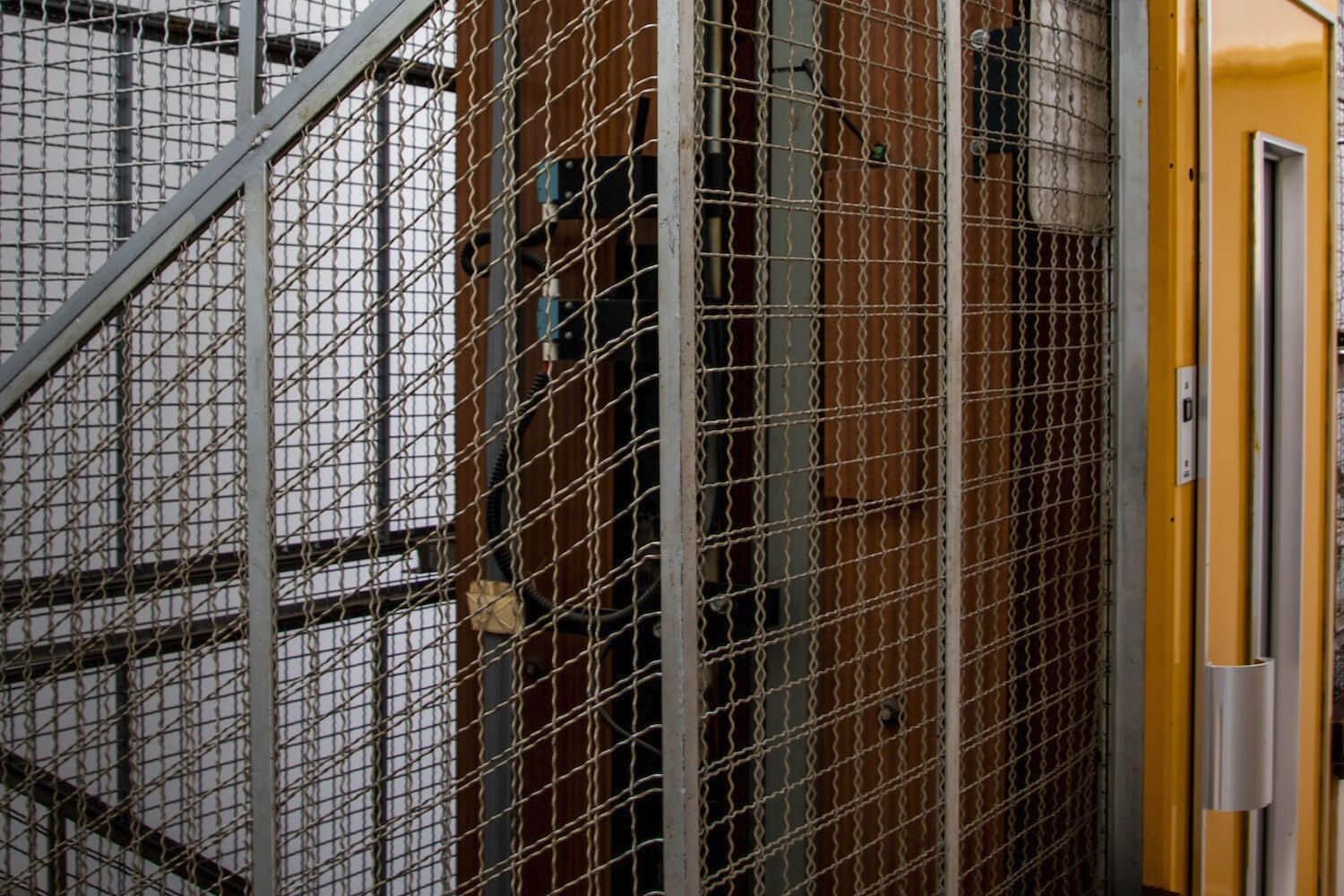Millions of elevators run without a hitch every day, but it only takes one malfunction to leave riders trapped until help arrives. At the end of 2019, the ASME A171.1 (CSA B44 in Canada) code introduced revisions to make elevators safer for riders. These changes also require elevator systems to be easy to use for people with disabilities.
Below, we explain elevator emergency phone requirements and what they mean for you.
All Elevators Must Have Two-Way Communication
Per the ASME, all emergency elevator phones must be equipped with two-way communication. This allows riders to communicate with a dispatcher who can send help. Authorized personnel must also have a way to view video elevator monitoring footage of the entire cab and all passengers in it.
Your system’s dedicated phone line need not be a POTS (copper) line. If your local fire code allows it, you may be able to install a cellular line instead. Cellular lines are more reliable than copper ones because many of the latter have degraded from lack of maintenance.
VoIP lines are typically cheaper than the copper variety if you’re installing new elevator emergency phone lines. You’ll pay about 35% less for a VoIP emergency intercommunication system than a copper phone line installation. Treat this as an incentive to abide by proper safety protocols.
Requirements for Elevators With a Rise of 60 Feet or More
The ASME code revisions introduced a change for elevators with a rise of at least 60 feet. Such elevators must now have voice and video communication that works over an internet connection.
If your building has 24/7 onsite staff who can help in an emergency, the code requires that calls placed from the elevator phone must reach a security desk, nurse station, reception desk, or similar onsite location. The system must allow workers at that location to call back to the elevator phone and reestablish communication.
ADA Code Requirements
According to changes in the ASME code, two-way communication systems in elevators must comply with ADA code requirements. The system must provide a way for the speech and hearing impaired to communicate with personnel that doesn’t require talking.
For example, your system must include prewritten messages that operators can select and display on a screen inside the elevator. The system must also include buttons that allow riders to respond “Yes” or “No.”
You’ll need to give instructions for using the system in both tactile and visual form. The highest operable part of the system must be no higher than 48 inches from the floor of the car.
We’ll Bring Your Elevators Up to ASME Elevator Code
Not sure whether your building will pass an elevator inspection? Contact Elevate Monitoring to learn about our two-way elevator answering and monitoring services. We’re available 24/7 to handle all your elevator needs, from tenant complaints to maintenance requests.
You can reach Elevate Monitoring at 1-877-990-9191. Our experts can help you understand ASME elevator emergency phone requirements and bring your elevators up to code.


